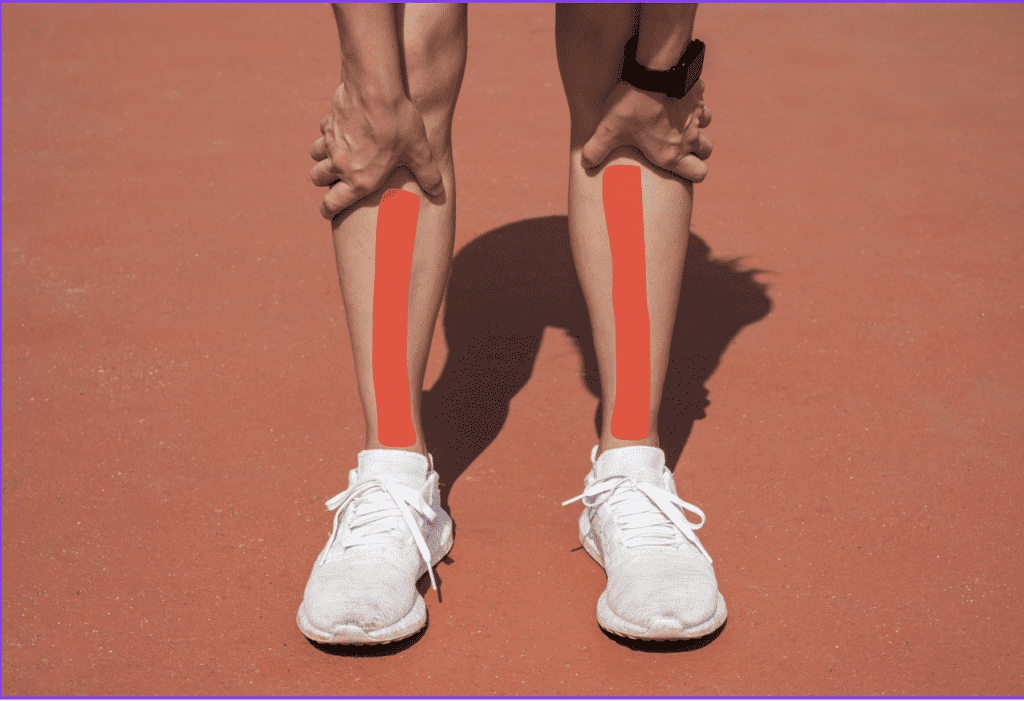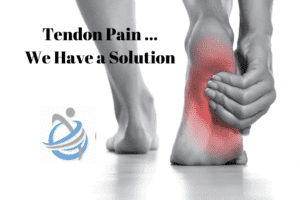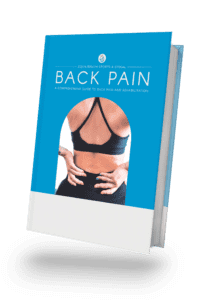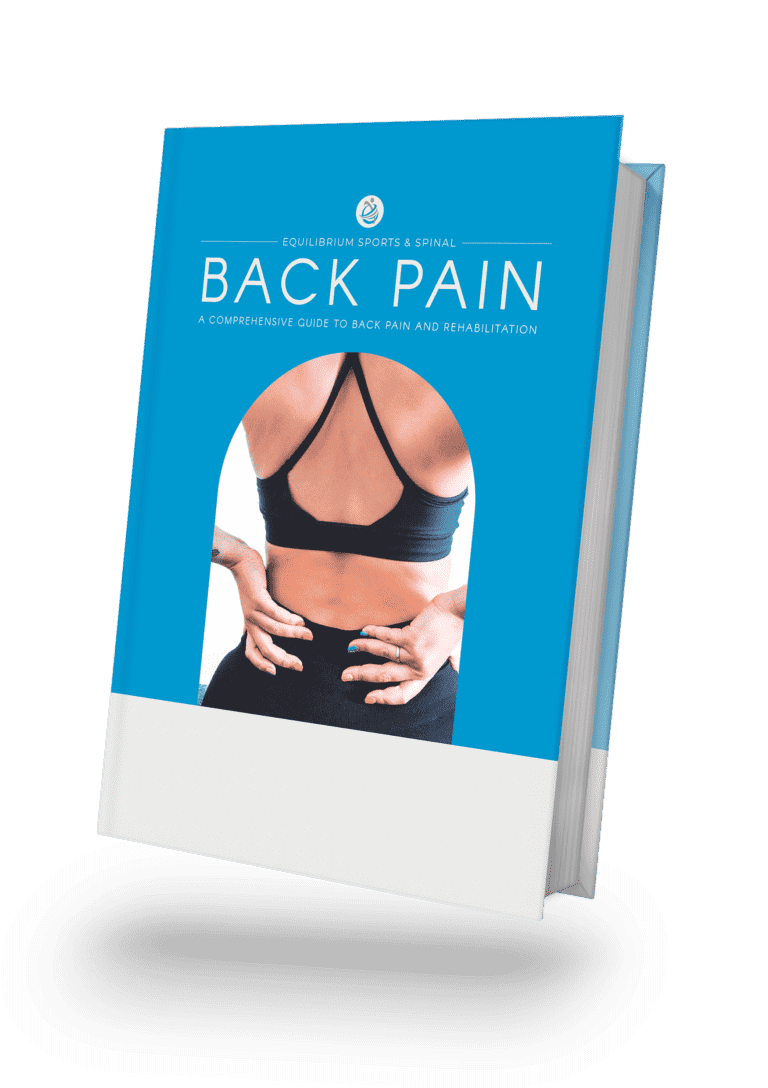Introduction:
Amidst the intensity of preseason training, just weeks before the start of the season, an unwelcome adversary can emerges for field sports athletes: shin splints. Picture this: after weeks of rigorous preparation, you begin to feel the telltale signs – soreness after training sessions, and a sharp pain lingering in the mornings. While it’s tempting to pinpoint a single cause, the reality is that shin splints often arise from a complex interplay of factors. From training intensity to lifestyle habits such as diet, sleep quality, and even smoking or alcohol consumption, multiple elements may contribute to this frustrating injury.
Often they can occur 4-6 weeks after beginning preseason, not right at the start. Athletes charge through the first month of training, feeling improvements in their fitness, only to have pain come on. Overuse running injuries can take time to develop, as the overload has to happen first.
1. What are Shin Splints?
Shin splints, medically known as medial tibial stress syndrome, are an overuse injury characterised by inflammation and micro-tears in the muscles, tendons, and bone tissue around the tibia, often affecting the tibialis posterior muscle. This condition typically manifests as pain along the inner edge of the shin bone, particularly during physical activity.
2. Symptoms and Diagnosis:
Symptoms of shin splints may include tenderness, soreness, or a dull ache along the inner shin, which worsens during or after exercise. Proper diagnosis requires a comprehensive evaluation by a healthcare professional, as other conditions such as stress fractures or compartment syndrome can mimic the symptoms of shin splints.
3. Sports Associated with Shin Splints:
Field sports like football, basketball, hockey, netball, and lacrosse are notorious breeding grounds for shin splints due to the repetitive nature of movements and high-impact nature of the sport.
4. Causes and Contributing Factors:
While overuse and improper training techniques are primary culprits, shin splints can also stem from a multitude of factors, including biomechanical issues, inadequate footwear, training surface, and even individual lifestyle choices such as weight, diet, sleep quality, smoking, and alcohol consumption.
5. Potential Consequences of Ignoring Shin Splints:
Neglecting shin splints can lead to more severe complications, including stress fractures or chronic pain, which may necessitate prolonged periods of rest and rehabilitation, ultimately hampering athletic performance.
6. Prevention Strategies:
Preventing shin splints involves a multifaceted approach, encompassing proper training techniques, gradual progression in workload, adequate rest and recovery, optimal nutrition, appropriate footwear, and addressing lifestyle factors such as weight management and healthy habits.
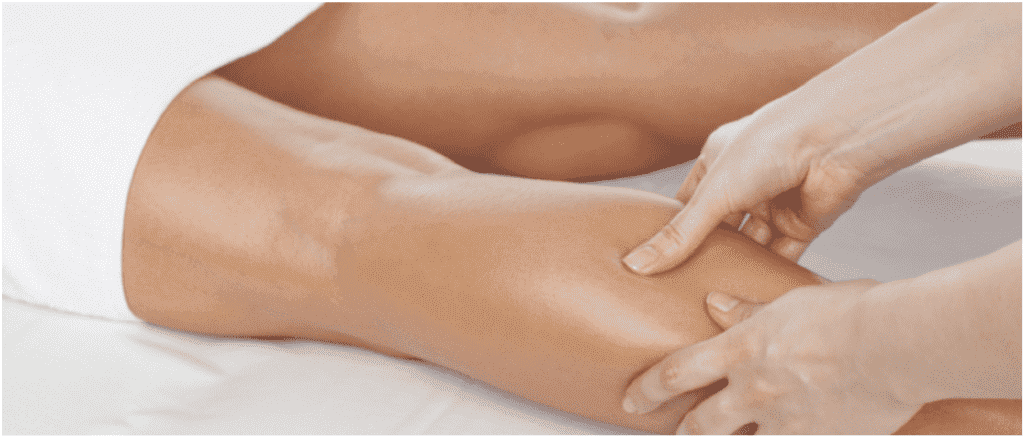
7. Treatment Options:
Treatment modalities for shin splints include rest, ice, compression, elevation (RICE), non-steroidal anti-inflammatory drugs
(NSAIDs), physical therapy, biomechanical assessment, orthotics, and in severe cases, surgery may be warranted.
8. Rehabilitation Exercises:
Rehabilitation programs typically focus on strengthening the muscles of the lower leg and addressing biomechanical deficiencies through exercises targeting muscle imbalances, flexibility, and proprioception.
9. Gradual Return to Sport:
Returning to sport after shin splints requires a gradual progression in activity level, starting with low-impact exercises and gradually increasing intensity and volume while closely monitoring symptoms.
10. Equipment and Gear Recommendations:
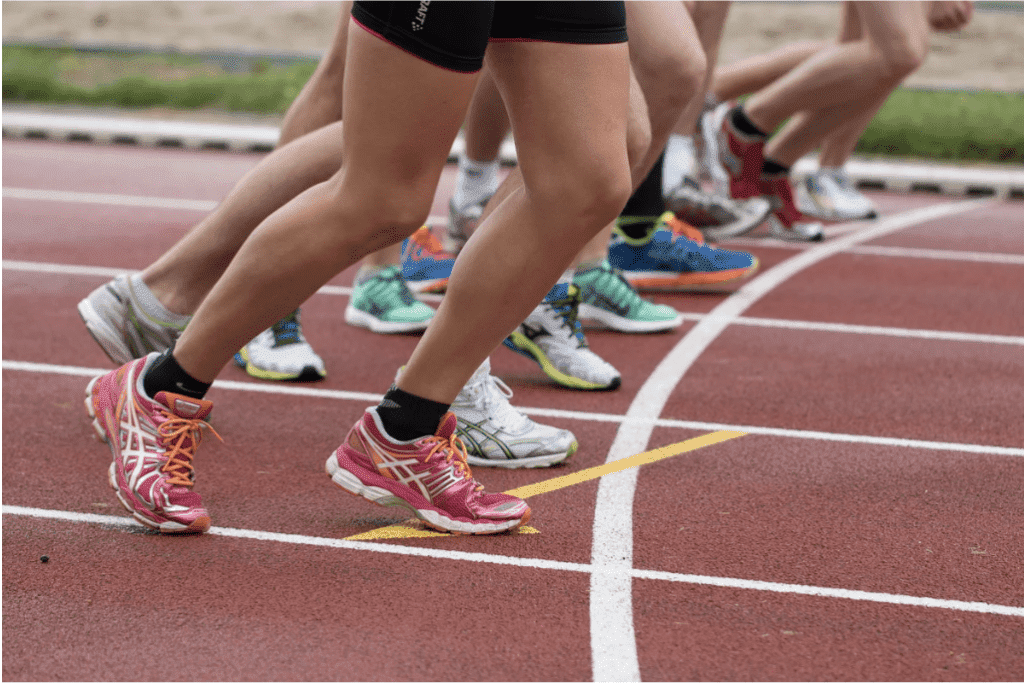
Investing in proper footwear that provides adequate support and cushioning is essential for preventing shin splints. There is no one size fits all for shoes, and having someone properly fit the shoe to the athletes foot can make a huge difference. It would be wise to have the professional see you running, not just walking and then recommend shoes. Our feet perform differently from walking to running. Additionally, using orthotic inserts, compression sleeves, or taping may help al
leviate symptoms and provide added support during physical activity.
11. Biomechanical Considerations:
Addressing biomechanical issues such as poor running technique through gait analysis and corrective exercises can significantly reduce the risk of developing shin splints.
Two running techniques flaws that may predispose athletes to shin splints are low running cadence (large strides, or slow steps), as well and having their feet land out in front of them while running (a forward shin angle, which comes a long with a heavy heel strike). addressing these issues can nearly be done in the same running cue, and can take the load off the shins while running.
12. Coaching Strategies:
Coaches play a pivotal role in injury prevention by implementing structured training programs, educating athletes on proper technique and workload management, and promoting a culture of injury awareness and proactive self-care.
Conclusion:
In the realm of field sports, shin splints are a formidable foe that can hinder performance and sideline athletes if left unchecked. However, by understanding the multifaceted nature of this injury and implementing comprehensive prevention and management strategies, athletes can mitigate their risk and stay on track towards their athletic goals.


